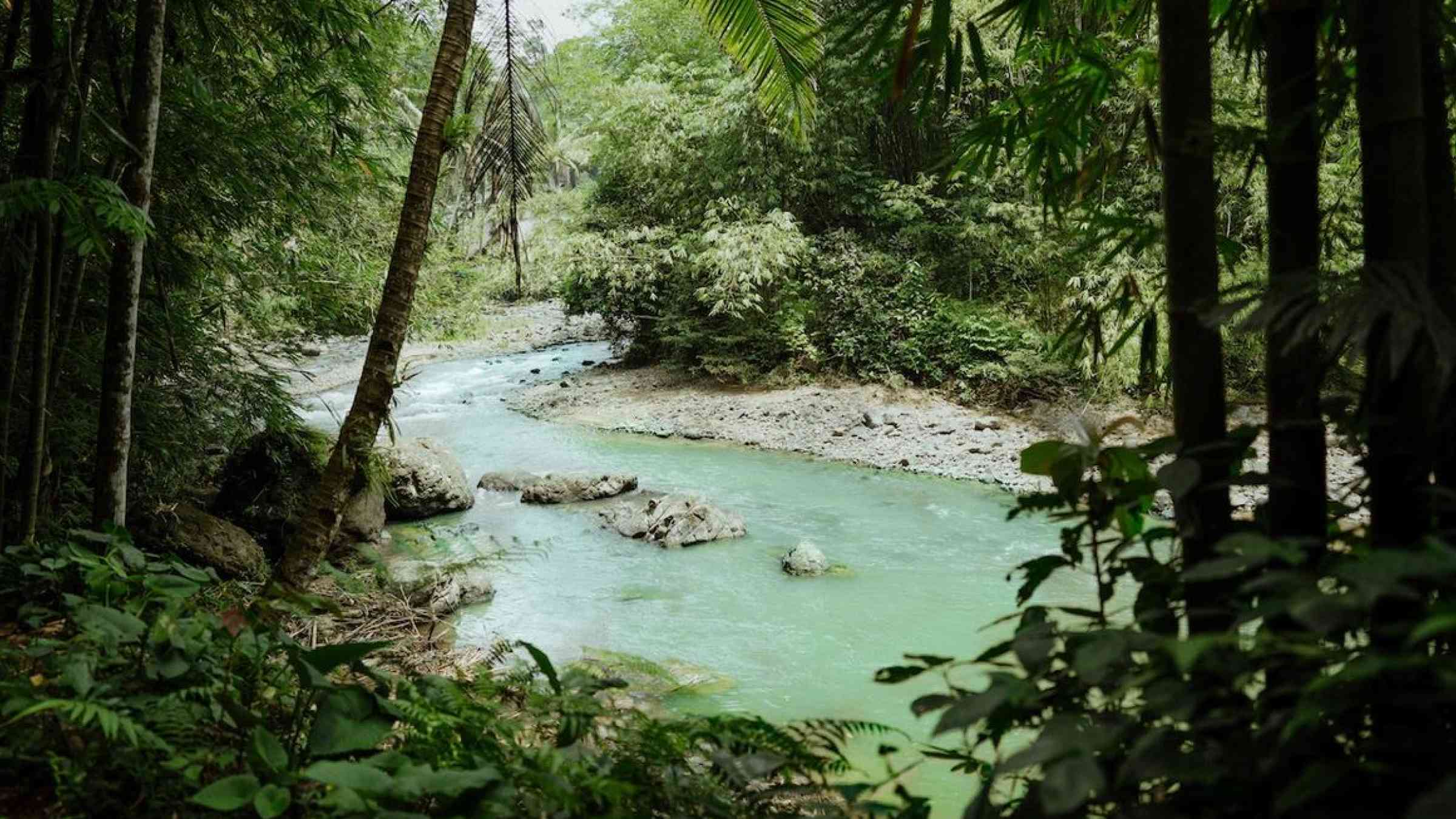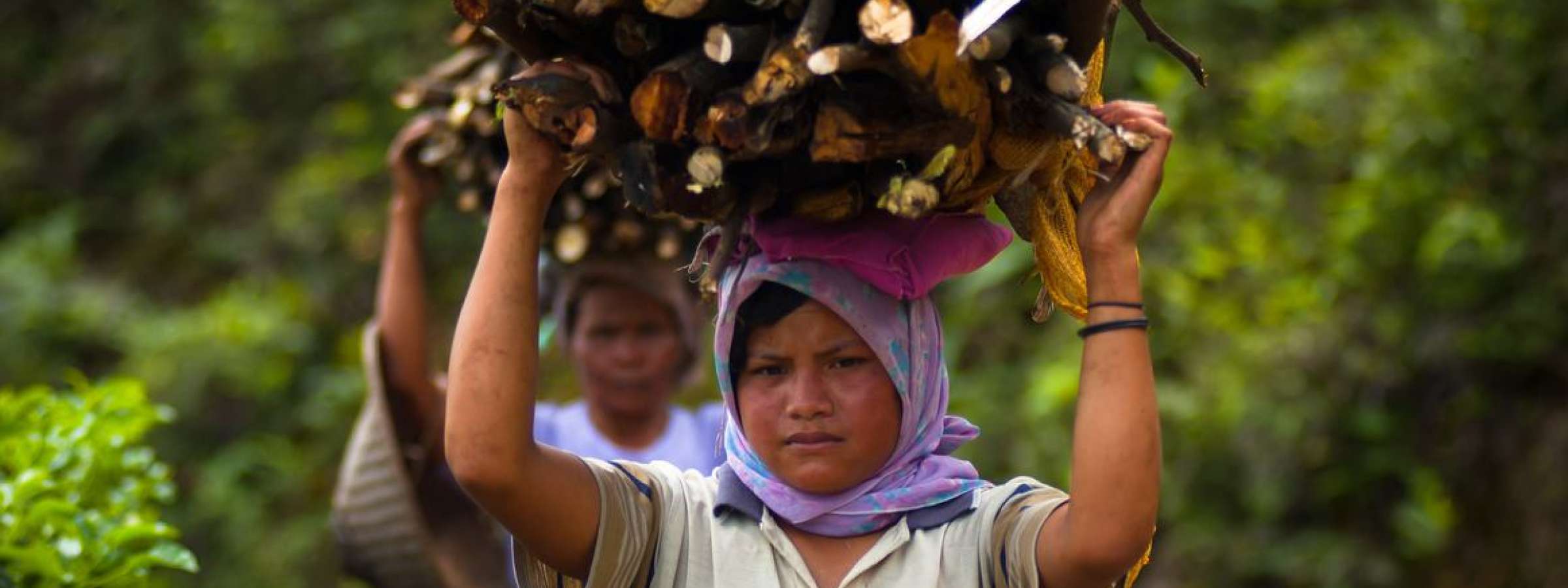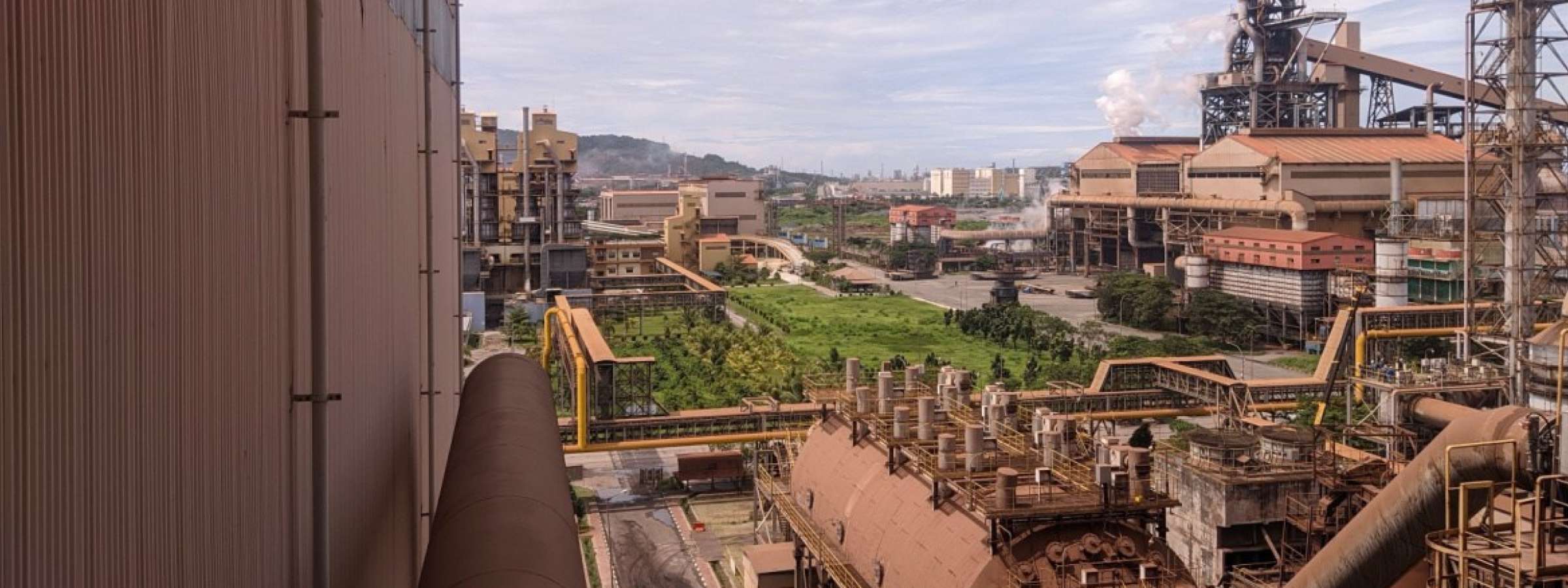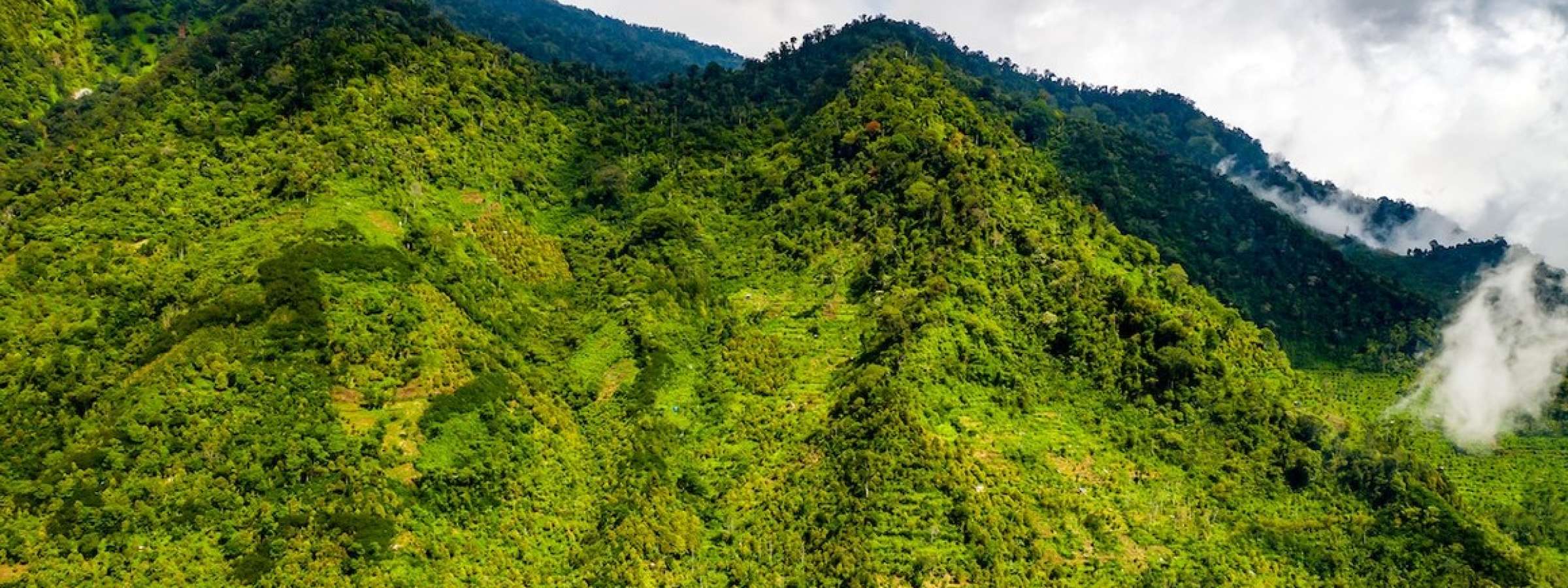A shared resource, shared risk, and shared resilience: Polycentric water resource governance in Indonesia’s Cidanau Watershed

In the mountains of West Java, the Rawa Danau Nature Reserve is the one of last remaining examples of Indonesia’s swamp forests that haven’t been replaced by rice fields. It serves as a natural reservoir, storing water that flows from the surrounding mountains, before flowing onwards into an expanding lattice of rivers and streams that make their way down to the coast to provide precious fresh water for the neighboring towns and cities, including the important industrial centre of Cilegon.
Rawa Danau falls in in the Cidanau Watershed, and increasing pressure on the environment has threatened this essential system. Swathes of the once-extensive forest across the watershed have been cleared to make way for increasingly resource-intensive agriculture.

Photo: CIFOR/flickr (CC BY-NC-ND 2.0)
A shared resource
Local farmers, struggling against poverty, were employing agricultural practices that contribute to degradation, sedimentation and erosion, clogging waterways and reducing the water flow.
The watershed feeds the local economy. Downstream industries – which include Southeast Asia’s largest steel plant, the Krakatau Steel Company, in Cilegon – rely on the fresh water from the watershed; as do the citizens of the numerous surrounding towns and villages.

Krakatau steelworks, Cilegon (Photo: Andreaski Yasmin/Shutterstock)
Mutual benefit
After an unsuccessful attempt to resettle farmers in the area, the local government joined forces with a civil society organization, Forum Komunikasi DAS Cidanau (FKDC) to find a fix that would benefit all stakeholders.
Out of this cooperation rose the Cidanau Payment for Environmental Services (PES) scheme. Established in 1994, the PES provides incentives for those conserving the natural resources, paid for by those that use them.
Farmers are paid by local government to switch to agroforestry, thereby maintaining the forests that protect the watershed. The FKDC oversees the transactions, ensuring that both sides honour the arrangement.
Triple benefits of resilience
The Cidanau PES is the one of the longest-running examples of this type of scheme, and shows how polycentric governance can work – providing there is political will from all actors, a common legal framework and higher-level governance support.
It is also an example of how investments in resilience can support sustainability by attaching a value to ecosystem services, thereby providing triple benefits: for people, for the planet, and for prosperity.
Through a polycentric governance approach, the social wellbeing of the farmers can be preserved, the ecological resource managed, and the economic benefits from the water resources more fairly shared.
This week, as the world comes together at the United Nations Water Conference to raise awareness of the global water crisis and decide on action to achieve internationally agreed water-related goals, the Cidanau Watershed can serve as an example of how creative, equitable solutions can provide benefits to a wider range of stakeholders.

Photo: Tom Fisk/Pexels
Risk-informed sustainable development
The 2023 Special Edition of UNDRR’s Global Assessment Report (GAR) will be released later this year, exploring how policy makers can tackle the difficult task of enabling risk-informed sustainable development in a complex risk landscape.
The report will feature innovative and inclusive solutions, like the polycentric governance model adopted to preserve the Cidanau Watershed.